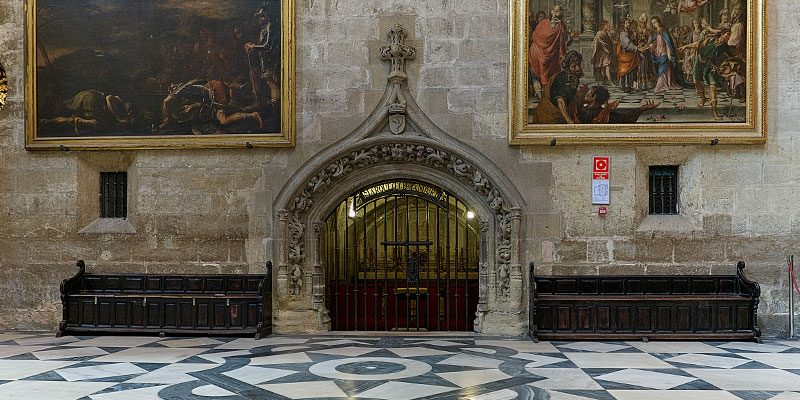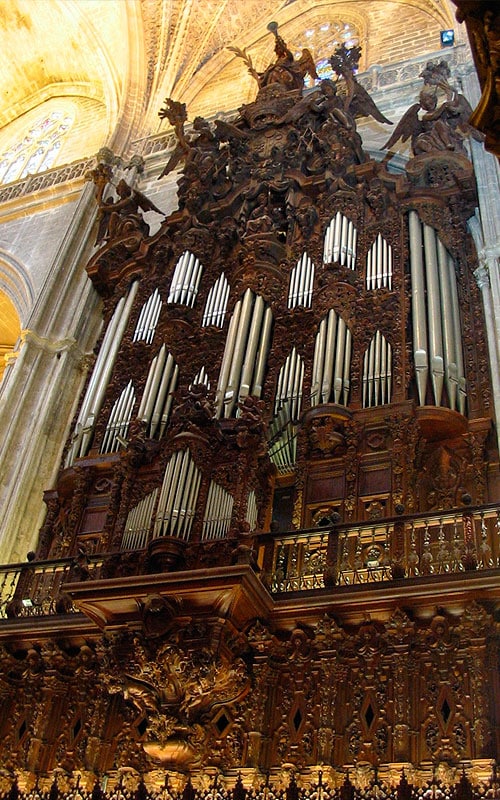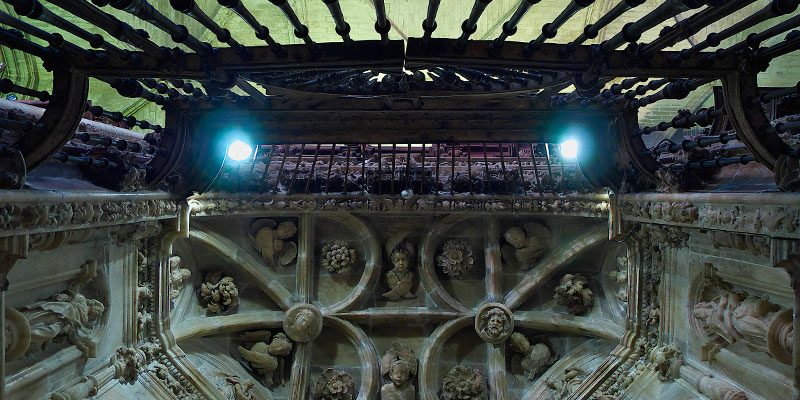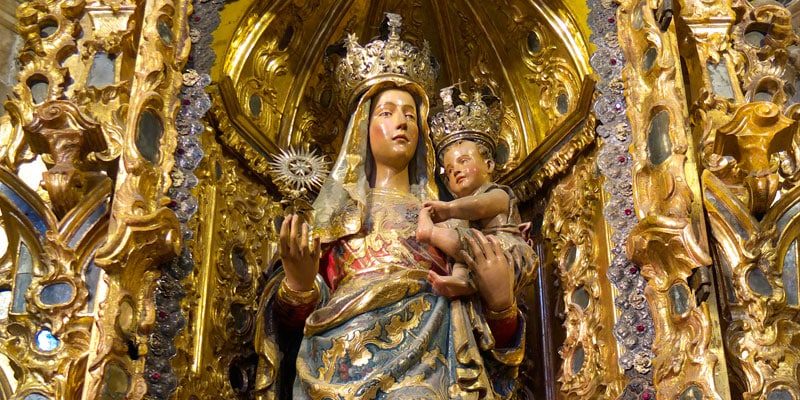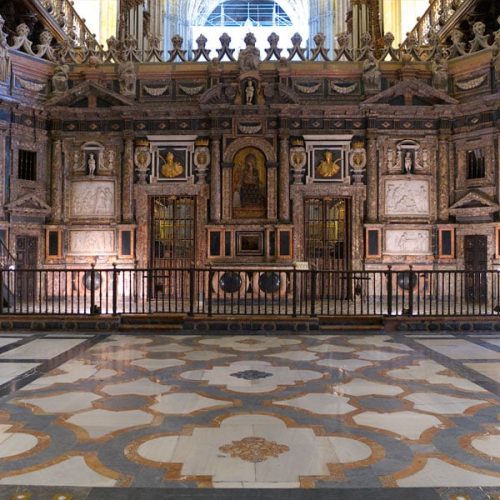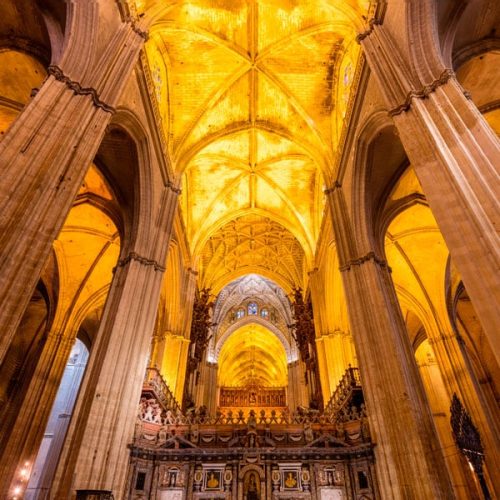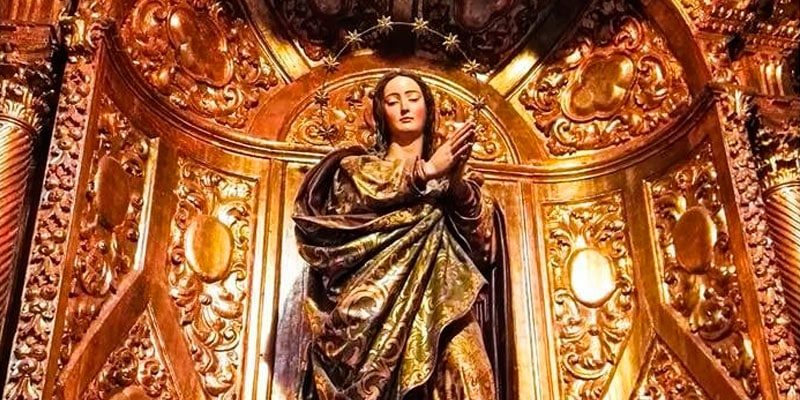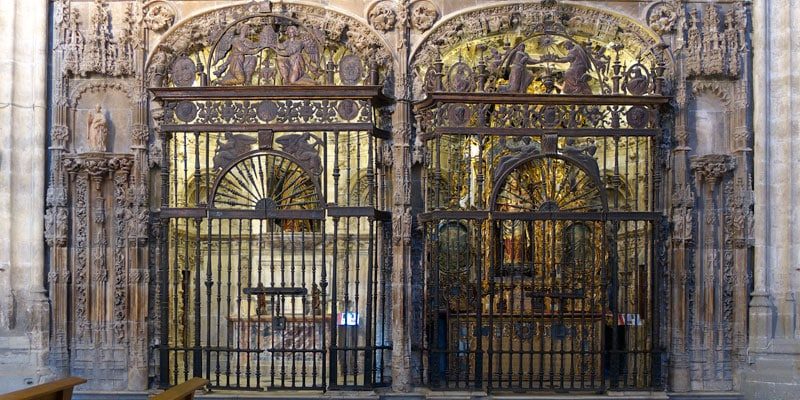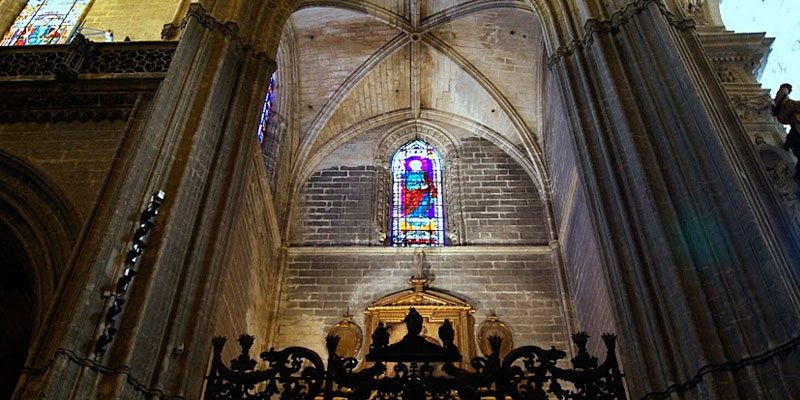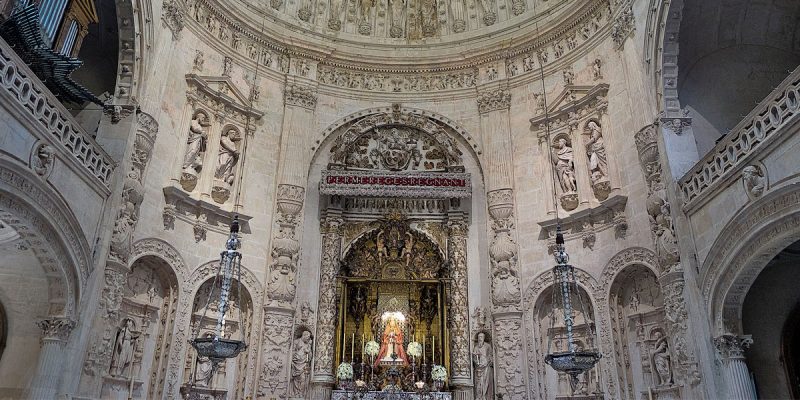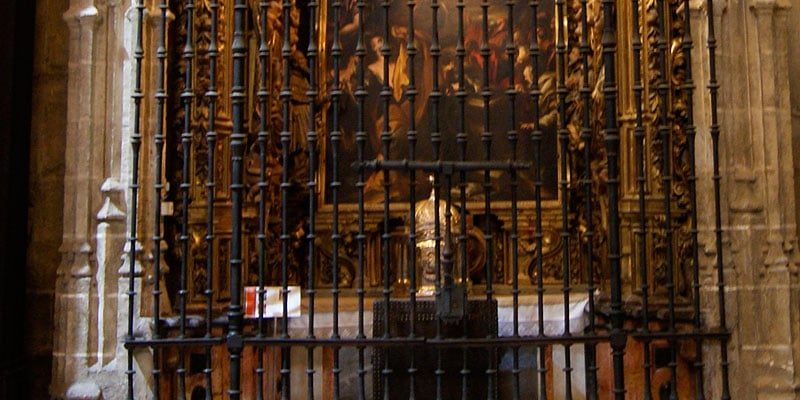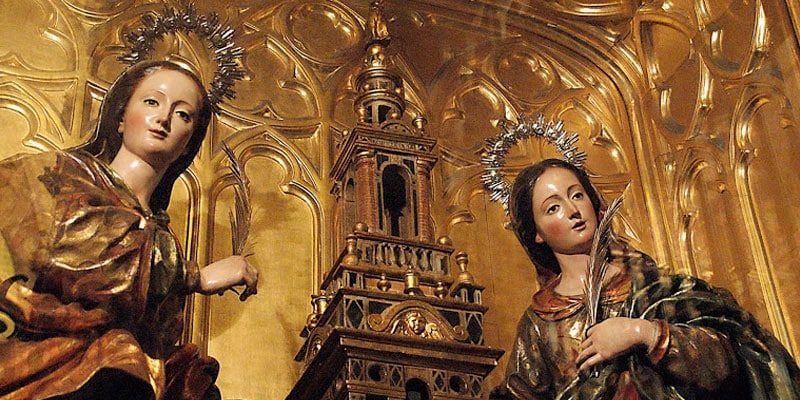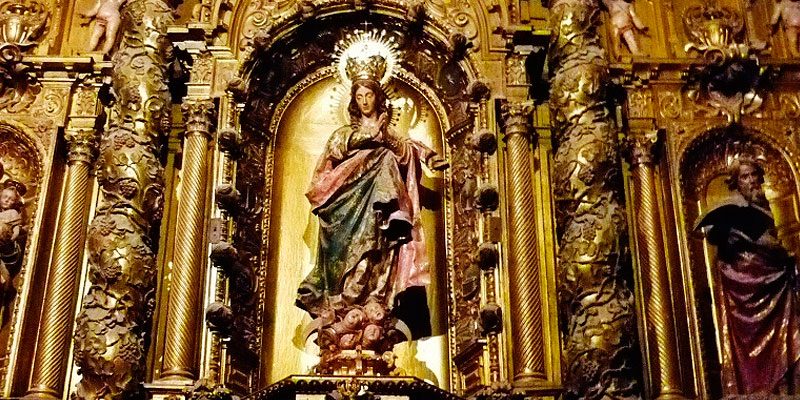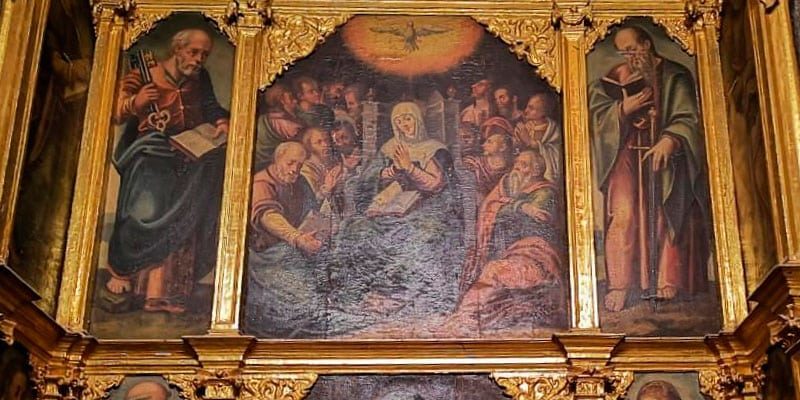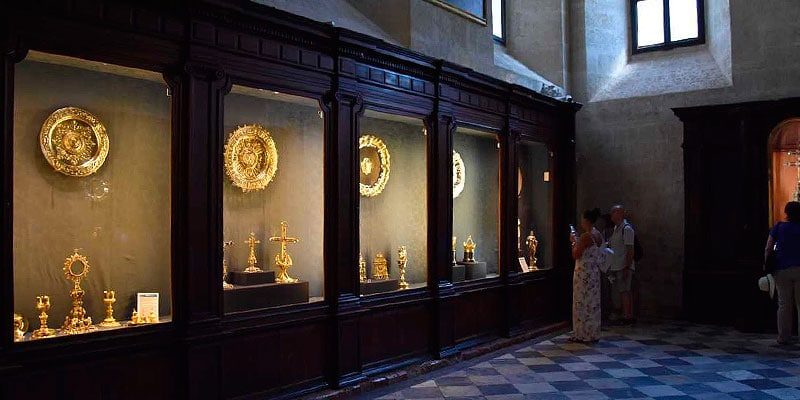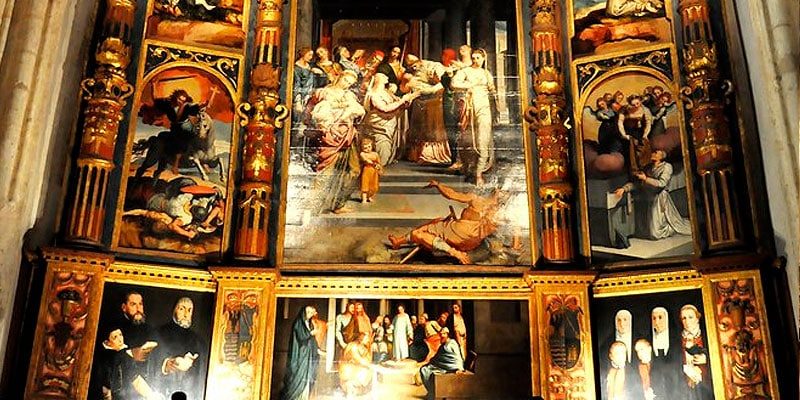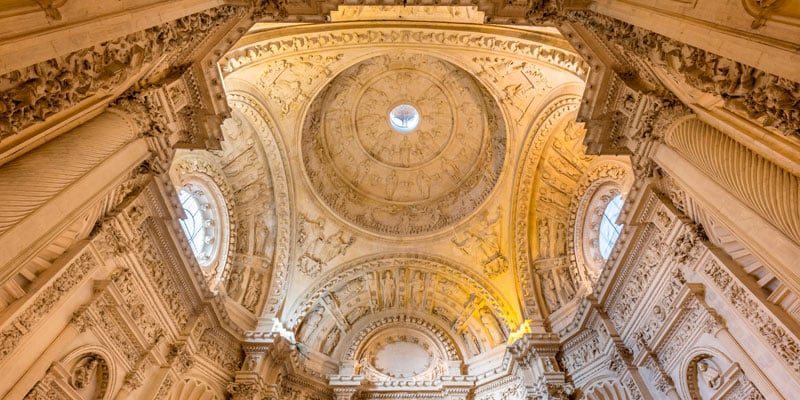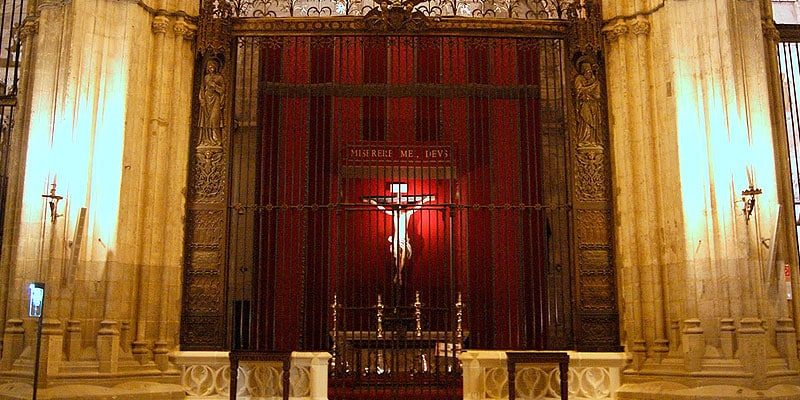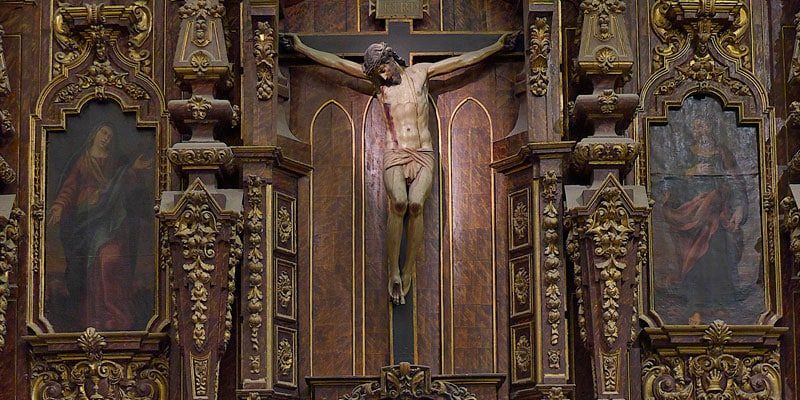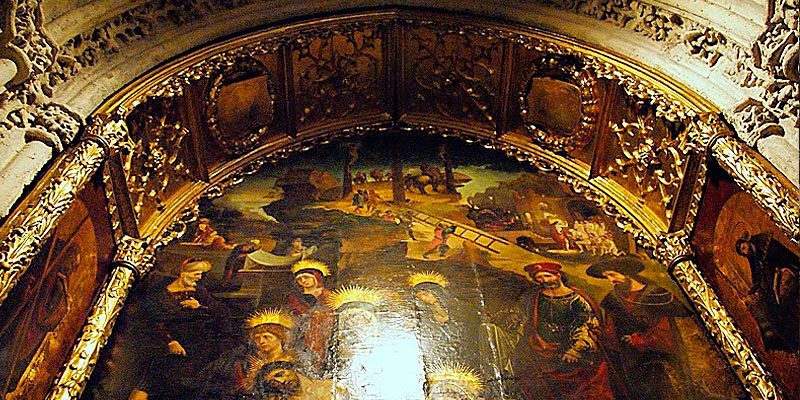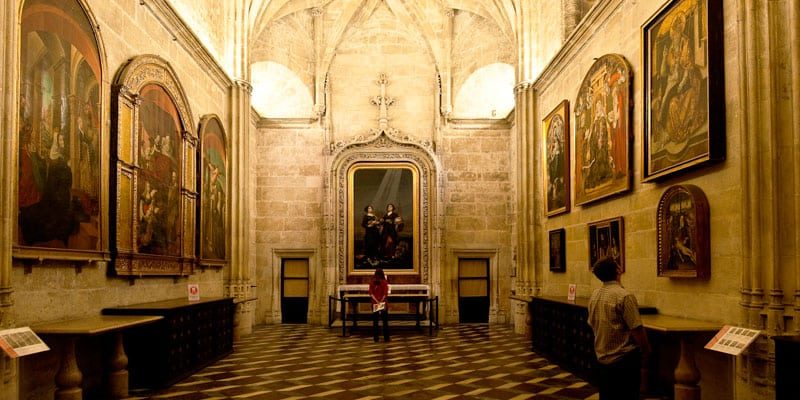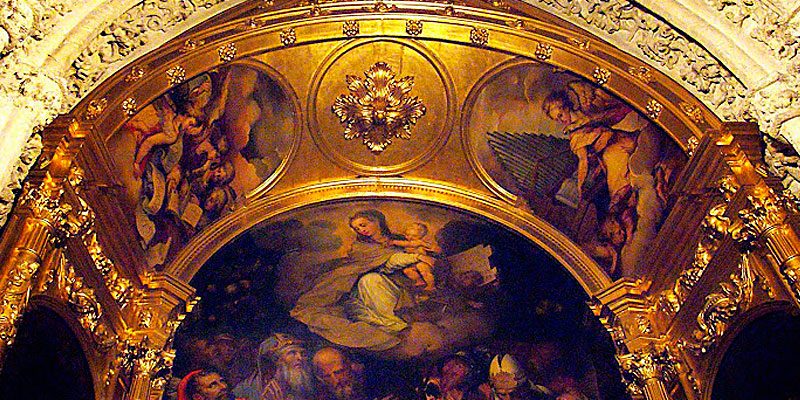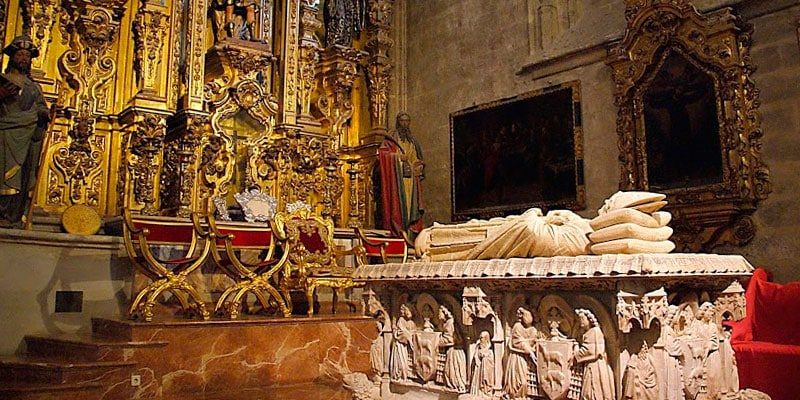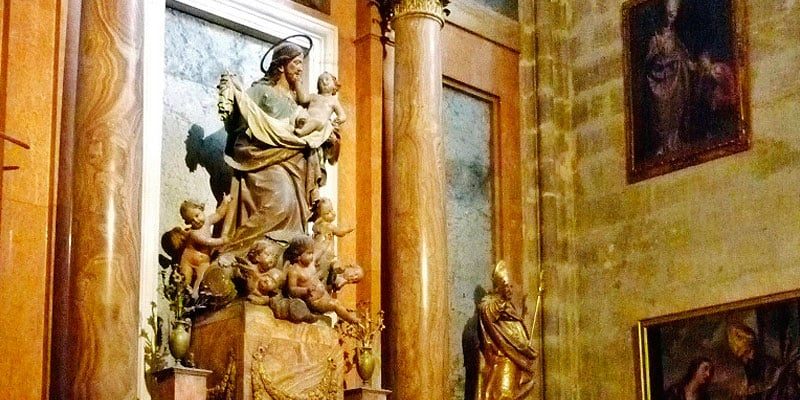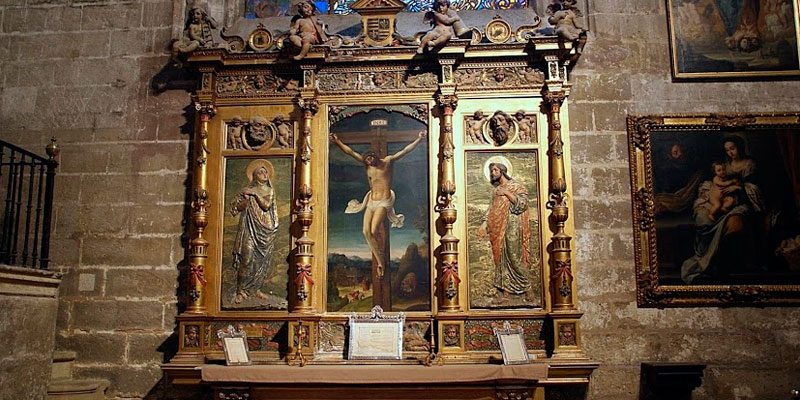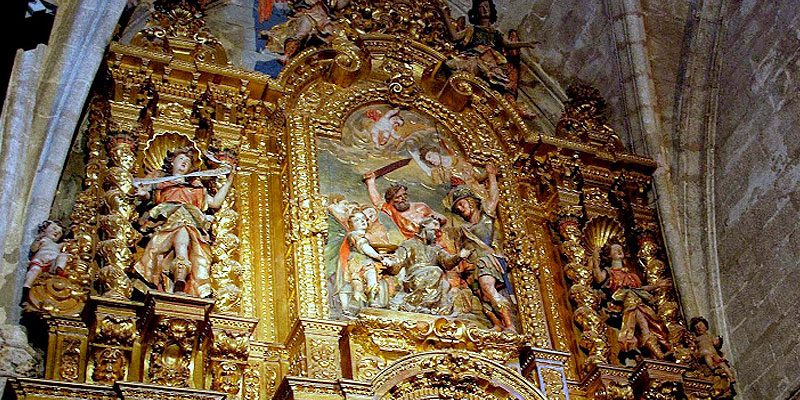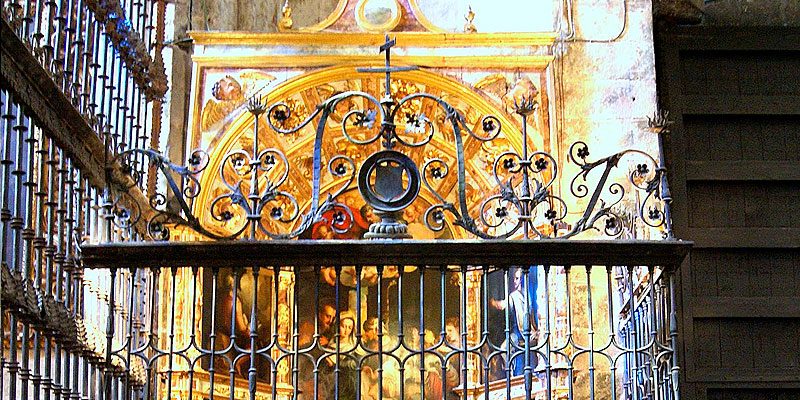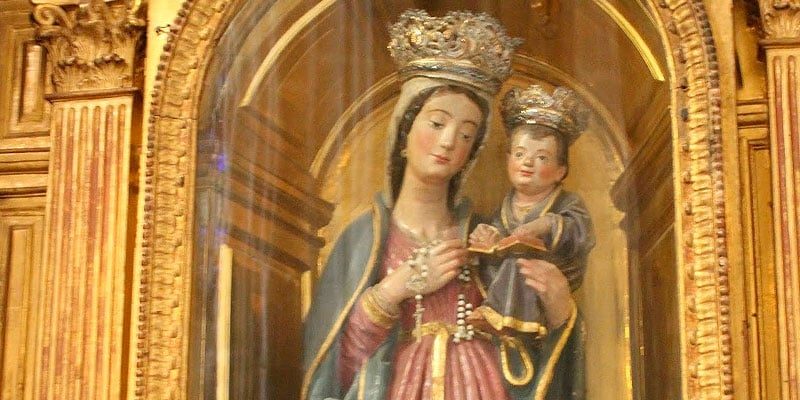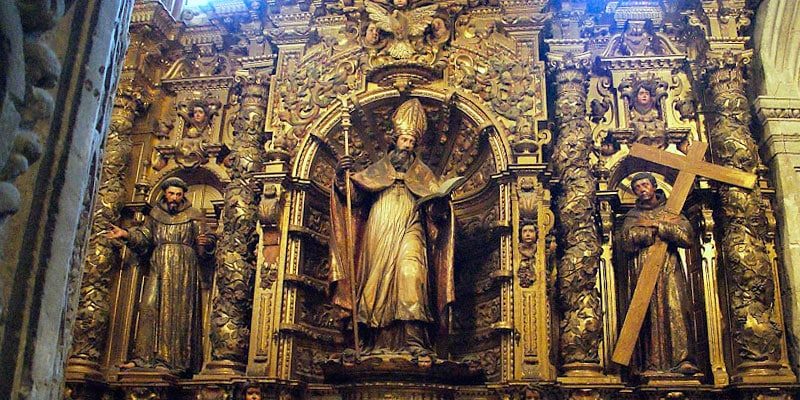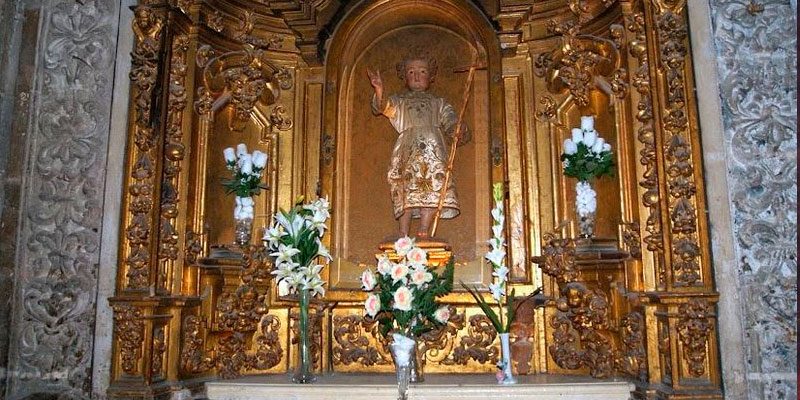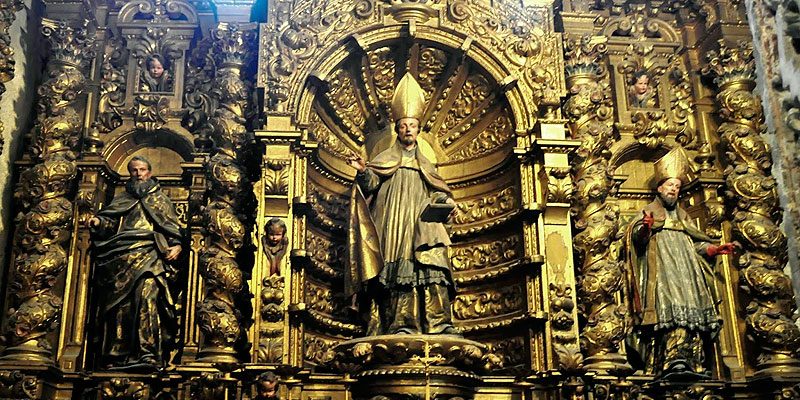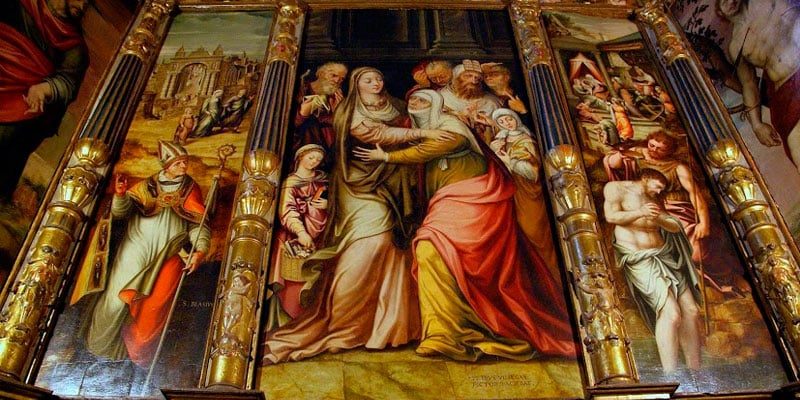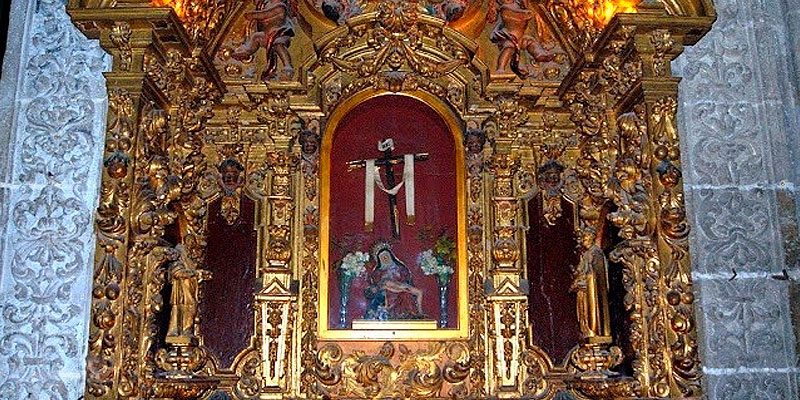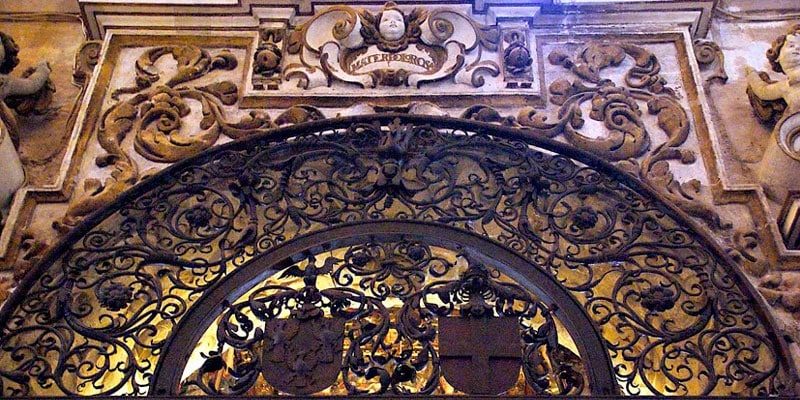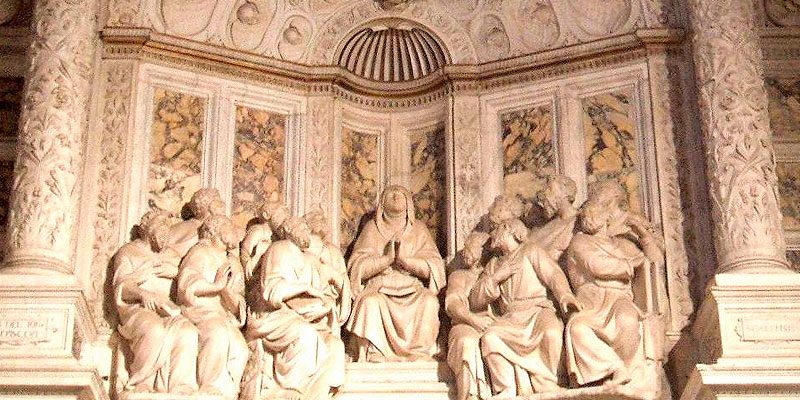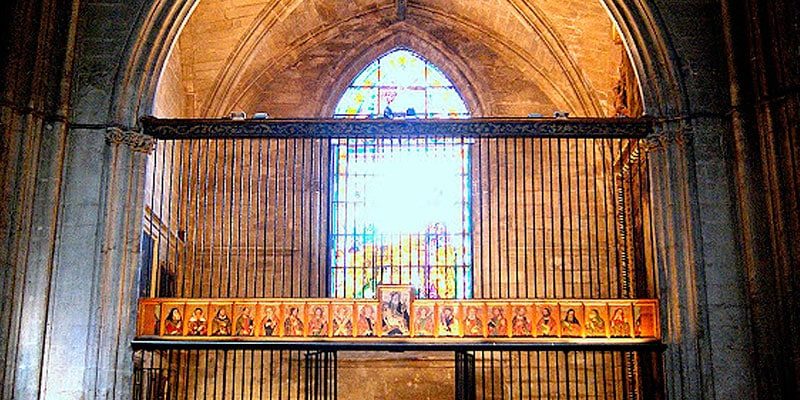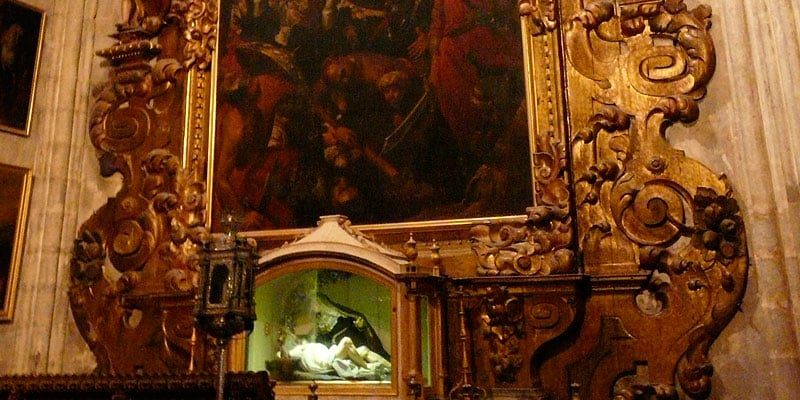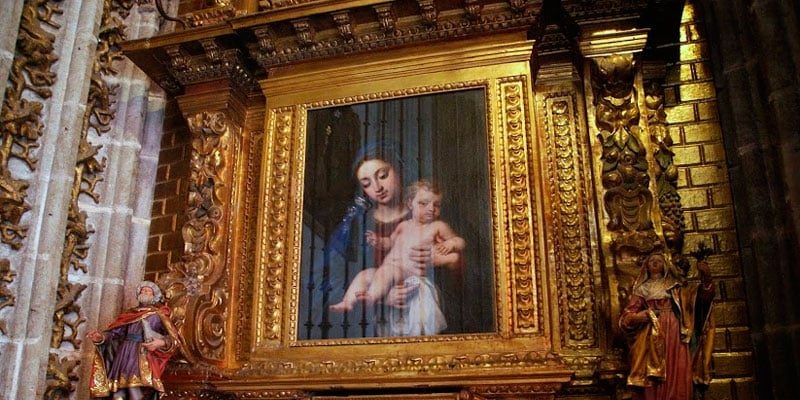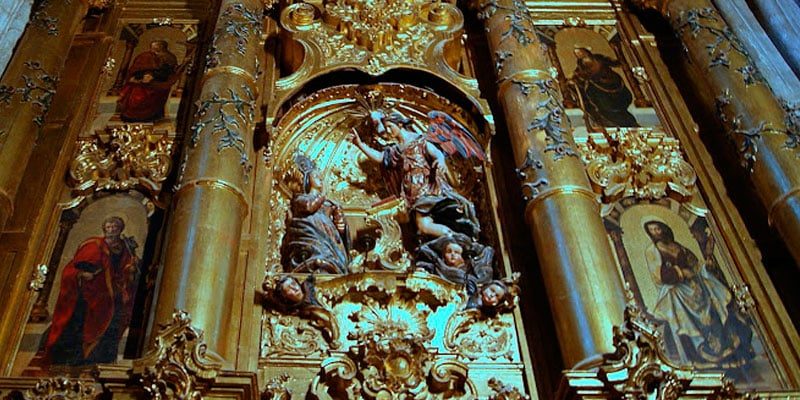This website uses cookies so that we can provide you with the best user experience possible. Cookie information is stored in your browser and performs functions such as recognising you when you return to our website and helping our team to understand which sections of the website you find most interesting and useful.
Strictly Necessary Cookie should be enabled at all times so that we can save your preferences for cookie settings.
CP-IMPRESSION-XX
technique
own
convert plus
cookie technique to generate pop-ups and slides
24h
TK_AI
technique
own
jetpack
is used as an anonymous ID if the user is not logged in to WordPress.
session
TEMP_CP_ID_XX
technique
own
convert plus
own technical cookie used to store the display of internal information banners.
24h
CP_ID_XX
technique
own
convert plus
cookie for updating pop-up windows.
a year
MOOVE_GDPR_POPUP
technique
own
gdpr cookie compliance
used for cookie preferences.
eleven months
ITSEC-HB-LXXX
technique
own
hide wordpress login
technical cookie for web operation.
10 minutes
WFWAF-XX
technique
own
wordfence security wordpress
cookie that prevents malicious attacks.
a day
WORDPRESS_LOGGED_IN, _SEC, _TEST_, WP_
technique
own
wordpress
loads the applied web appearance from the server.
session
COMPASS
technique
third parties
google.com
cookie required for website and service options.
ten days
PHPSESSID
technique
own
wordPress
native PHP cookie and allows the website to store serialised status data.
session
_CFDUID
technique
own
cloudflare
cookie used to override security restrictions based on the visitor’s ip address.
persistent
_STRIPE_SID / _STRIPE_MID / m
technique
own
Stripe
cookie to prevent fraud and to process credit card payments
30 minutes – a year
PMPRO_VISIT
technique
own
Paid Membership Pro
Cookie to store the session of the type of subscription the user has.
session
YITH_WCWL_SESSION
technique
own
Yith
Cookie used by the php encryption language to allow session variables to be stored on the web server. It is essential for web operation.
session
If you disable this cookie, we will not be able to save your preferences. This means that every time you visit this website you will need to enable or disable cookies again.
This website uses this cookiess to collect anonymous information such as the number of visitors to the site, and the most popular pages.
_DC_GTM_UA-XXXX
analytics
third parties
gtm
used by google tag manager to control the loading of google analytics scripts.
two years
_GA
analytics
third parties
ga
this cookie is set by google analytics. the cookie is used to calculate visitor, session and campaign data and track site usage for site analytics reporting. the cookies store information anonymously and assign a randomly generated number to identify unique visitors.
two years
_GAT_XXX
analytics
third parties
ga
non-required cookie used by google analytics to analyse the user experience.
session
_GID
analytics
third parties
ga
this cookie is set by google analytics. the cookie is used to store information about how visitors use a website and helps create an analytics report on how the website is performing. the data collected, including the number of visitors, the source of visitors, and the pages, is displayed in an anonymous form.
a day
_GCL_AU
analytics
third parties
ga
google analytics uses this cookie to understand user interaction with the website.
two months
IDE-RUL-DSID
analytics
third parties
google doubleclick
stores information about how the user uses the website and any other advertisements before visiting the website. it is used to present advertisements that are relevant to users according to their profile.
a year
__SECURE-3PAPISID / __SECURE-3PSID / __SECURE-3PSIDCC
analytics
terceros
google.com
cookies to deliver relevant ads.
a – two years
CONSENT
analytics
third parties
google.com
cookie to improve advertising and targeting.
session
YSC
analytics
third parties
youtube.com
youtube cookies that measure video views on users.
session
VISITOR_INFO1_LIVE
analytics
third parties
youtube.com
cookie to track videos.
three months
PREF
analytics
third parties
youtube.com
cookies used by youtube for video tracking.
persistent
SID, NID, HSID, APISID, LOGIN_INFO, SAPISID
analytics
third parties
youtube.com
cookies used by youtube for video tracking.
session
AJS_ANONYMOUS_ID / AJS_USER_ID
analytics
third parties
segment
monitoring for user activity.
a year
AMPLITUDE_XX
analytics
third parties
amplitude
user identification cookie.
session
S_GL – LD_T
analytics
third parties
youtube.com
youtube analytics cookie.
persistent
VUID / PLAYER
analytics
third parties
vimeo
cookie used by vimeo for user id.
a – two years
1P_JAR
analytics
third parties
youtube.com
cookie used for youtube statistics.
twenty-two days
Please enable Strictly Necessary Cookies first so that we can save your preferences!







